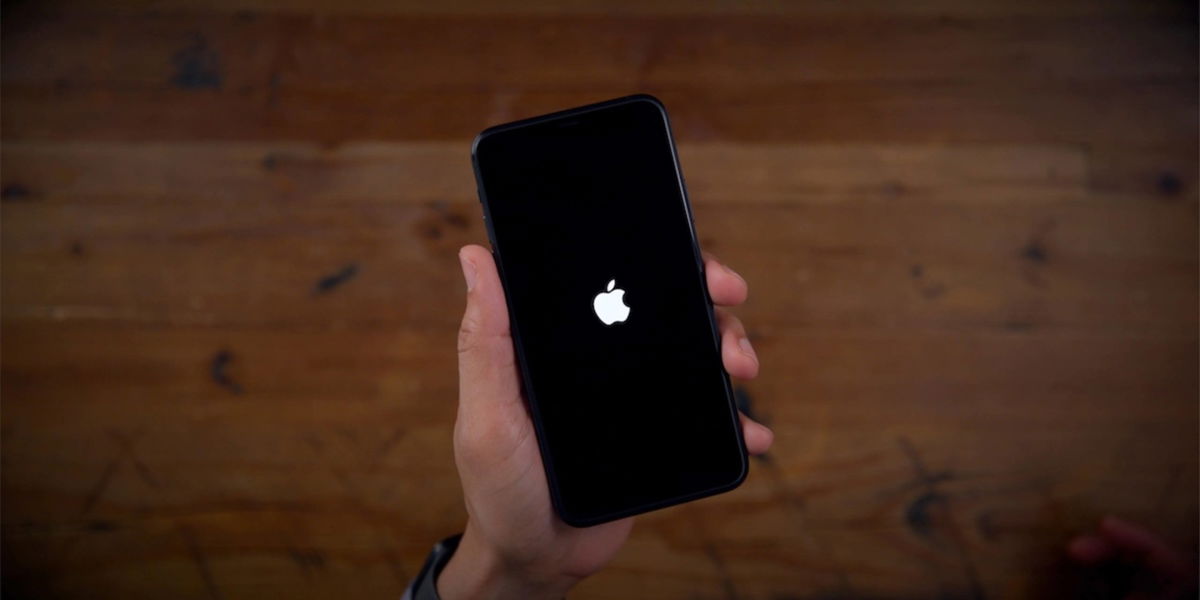Wall Street usually takes certain parameters of a company to quickly judge its progress. In the case of Apple, there was a time when it was the iPod. And then the iPhone was, except for a few moments when the iPad seemed to take over. For investors, the iPhone has become an obsession.
It is a thermometer which shows Apple’s performance at a glance. To the point where this obsession became Apple’s Achilles heel: the company was as well Depends on the iPhone. And, in a way, it was true. Until now, when the story started to change without almost nobody realizing it.
“The iPhone company” is less and less iPhone

With the presentation of the results this week, we can build an additional episode of Apple’s business. This graph represents two variables: the income generated by the iPhone and the rest of the business for three years. The rest of the “iPhone-less” business includes the Mac, iPad, portable devices, and home and services. As we can see, its evolution has been the most interesting in recent years.
The two variables are calculated on the total income, so between the two, 100% is added. This makes when one goes up, the other goes down in perfect synchronization. As we can see, in the first quarter of 2018, we started from 70% for the iPhone and 30% for the rest of the business. If we look at the other extreme, things change: 59% against 41%.

In between, we see how each time they get closer to each other, to the point where the activity “without iPhone” surpasses iPhone several times. The evolution was like this:
- Quarters, the “without iPhone” activity was above in 2018: 0.
- Quarters, the “without iPhone” activity was in the lead in 2019: 1.
- Quarters, “iPhone-less” activity was above in 2020: 3.
We went to see how they never touched outperform the iPhone in 3 of the 4 quarters of the year. With investors obsessed with the weak point of iPhone dominance, this shift in corporate weight has had little impact in the media. But there is still more.
The iPhone and its stable growth in 2020

Another variable that has received little (rather no) attention is the contribution to growth between the two types of income. Throughout 2020, growth (i.e. what was gained in addition to the previous year) It was distributed as follows
Wall Street remains blind to the development of Apple’s business, obsessed with a product that no longer has the enormous influence over its accounts it once had
- Total growth: $ 26,452 million.
- IPhone Growth: $ 1,065 million.
- Growth excluding iPhone: $ 25,387 million.
In other words, the iPhone solo contributed 4.2% of total growth in 2020. Older Conductors In this order of growth are services, portable devices and the home, iPad and Mac, with the iPhone in last position.
If we take the total income, we have another data point that points in the same direction. Throughout 2020, Apple made $ 294,135 million. Of these, 147,421 million are under the responsibility of the iPhone, while the remaining 146,714 million come from other segments of Apple. This is the first time in a long time that the iPhone is on the verge of ceasing to be the protagonist of Apple accounts.
An ecosystem that is getting better and better

From all these figures and graphs, we can draw several conclusions. Among them, the iPhone is on the way to giving way to the rest of the ecosystem. Without a doubt, the iPhone is a fundamental part of it, but their weight decreases as the other segments advance the company. The services have generated a lot of excitement among investors, leading growth and monetizing the glue that binds Apple devices together.
The iPhone acted as a “hook” to attract users and introduce them to the ecosystem
The Apple Watch, AirPods, iPad and, to a lesser extent, the Mac, also play their part. However, IPhone is still the Trojan horse with which to enter the lives of users. The longer a user stays with an iPhone, the more likely they are to purchase more Apple products and services.

So the iPhone can lead to the purchase of AirPods and then Apple Watch. Also to an iCloud subscription, Apple TV + or Apple One, as well as one of the many subscriptions sold on the App Store. Users are therefore diving deeper and deeper into the ecosystem. But it almost always starts from the iPhone.
Because Apple has focused on creating an ecosystem that encompasses the most important categories of technology, has a much more stable activity. And when the iPhone stalls or regresses, it is able to not only support the growth, but also continue it.










